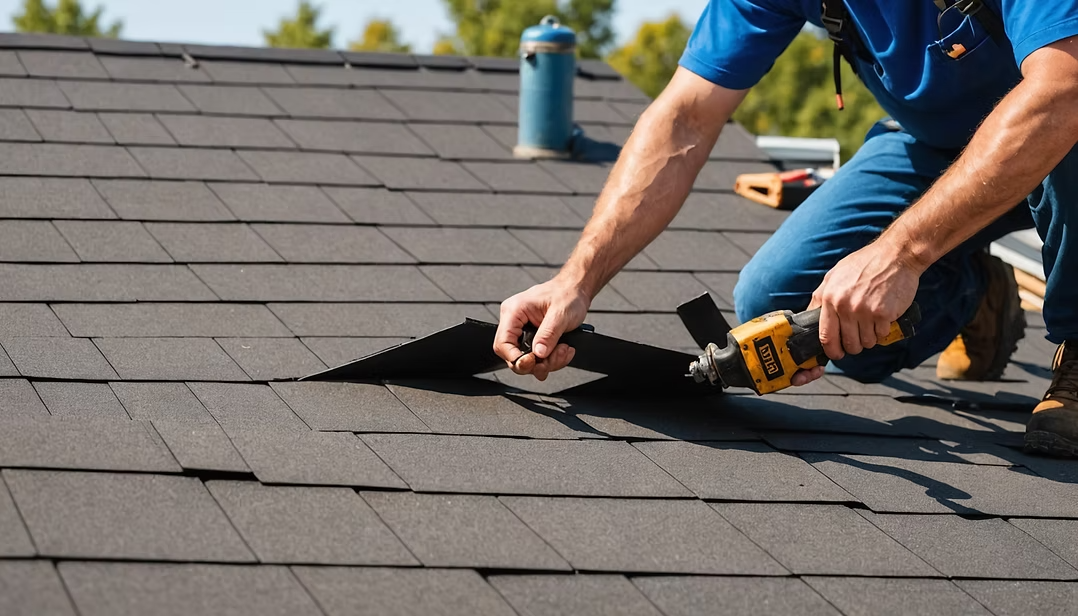
Tackling roofing issues yourself can be rewarding and cost-effective if done correctly. Knowing when a simple roof leak repair or minor fix is manageable on your own versus when to call in professional help is crucial to safeguarding your home. A thorough roof inspection often reveals problems that can range from easy DIY patches to complex repairs demanding expert intervention. This article guides homeowners through the essential decisions involved in DIY roofing, including factors surrounding roof installation, safety concerns, and maintaining long-term durability.
Understanding the Scope of DIY Roof Repairs
What Homeowners Can Handle Safely
Many minor roofing problems are manageable without specialized training. For instance, patching small leaks or replacing a few missing shingles can often be done with basic tools and safety precautions. These tasks usually arise during a routine roof inspection or after noticing early signs of water intrusion. Simple repairs like sealing cracks or clearing debris from gutters can prevent more extensive damage if addressed promptly.
When Complexity Demands Expertise
However, not all roof problems are straightforward. Larger leaks, structural damage, or issues detected during a comprehensive roof installation require specialized knowledge. Attempting advanced repairs without professional skills risks aggravating the damage, voiding warranties, or causing personal injury. Professionals also have access to specialized equipment that ensures thorough inspections and lasting repairs.
Key Factors to Consider Before Starting DIY Repairs
Assessing Your Roofing Knowledge and Skill Level
Before climbing onto your roof, honestly evaluate your comfort with heights and your understanding of roofing materials. Inadequate knowledge can lead to ineffective repairs or dangerous falls. Beginners should consider seeking guidance or starting with less risky maintenance tasks, such as cleaning gutters or inspecting roof flashing.
Evaluating the Roof’s Condition and Age
A recent roof installation or well-maintained roof may only require occasional minor repairs. However, older roofs, especially those nearing the end of their lifespan, often exhibit widespread issues that surpass DIY capabilities. Identifying deterioration signs during your roof inspection helps determine whether patchwork suffices or a replacement is more cost-effective.
Step-by-Step Guide to Safe DIY Roof Leak Repair
Initial Roof Inspection
Begin with a careful roof inspection using binoculars or a drone if possible to spot damaged shingles, rusted flashing, or clogged gutters. Documenting issues visually helps plan the necessary repairs.
Preparing the Work Area
Clear debris, ensure dry weather conditions, and use sturdy ladders with secure footing. Wear appropriate safety gear including harnesses and non-slip shoes.
Performing Minor Leak Repairs
For small leaks, use roofing cement or sealant to cover cracks or holes. Replace damaged shingles by gently lifting adjacent ones and sliding in new shingles fixed with roofing nails. After repairs, monitor the area during subsequent rains for effectiveness.
When to Call a Professional for Roof Repair
Signs You Shouldn't Ignore
If your roof inspection reveals widespread damage, sagging areas, or multiple leaks, professional assistance is indispensable. Structural concerns from storm damage or failed components often require advanced repair or partial roof installation.
Benefits of Hiring Experts
Roofing professionals bring extensive experience, proper tools, and safety training that minimize risks and ensure long-lasting fixes. They also provide warranties and can navigate insurance claims when necessary.
Subscribe to Hero Home Solutions's Blog



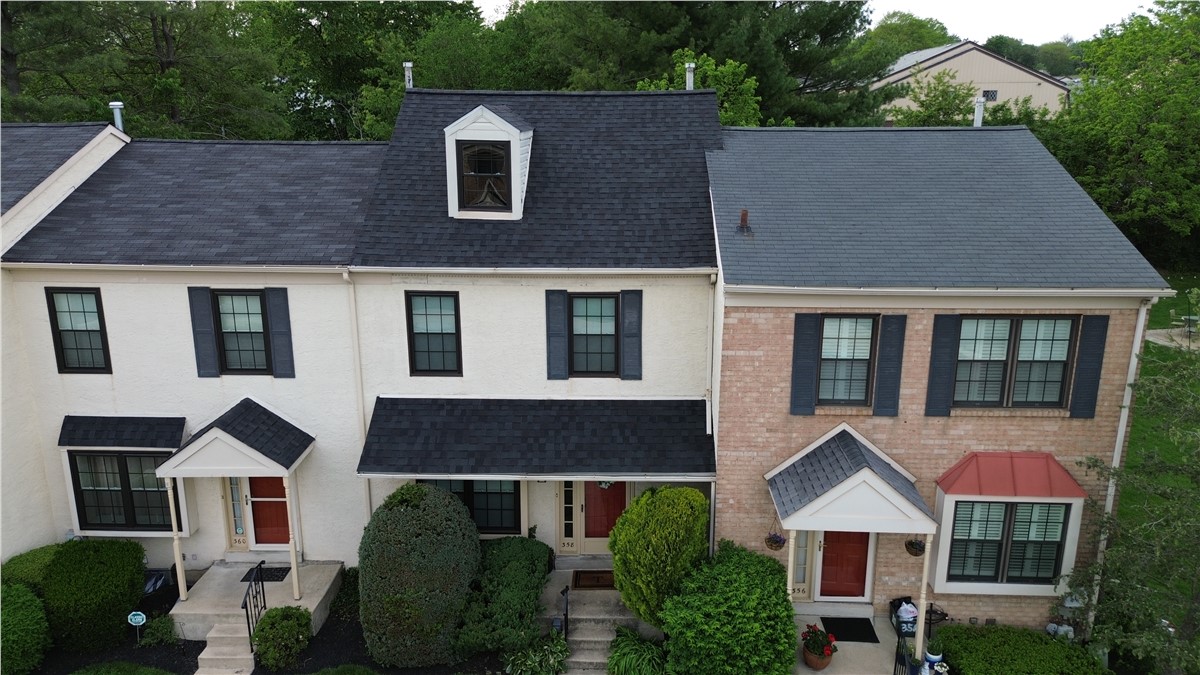
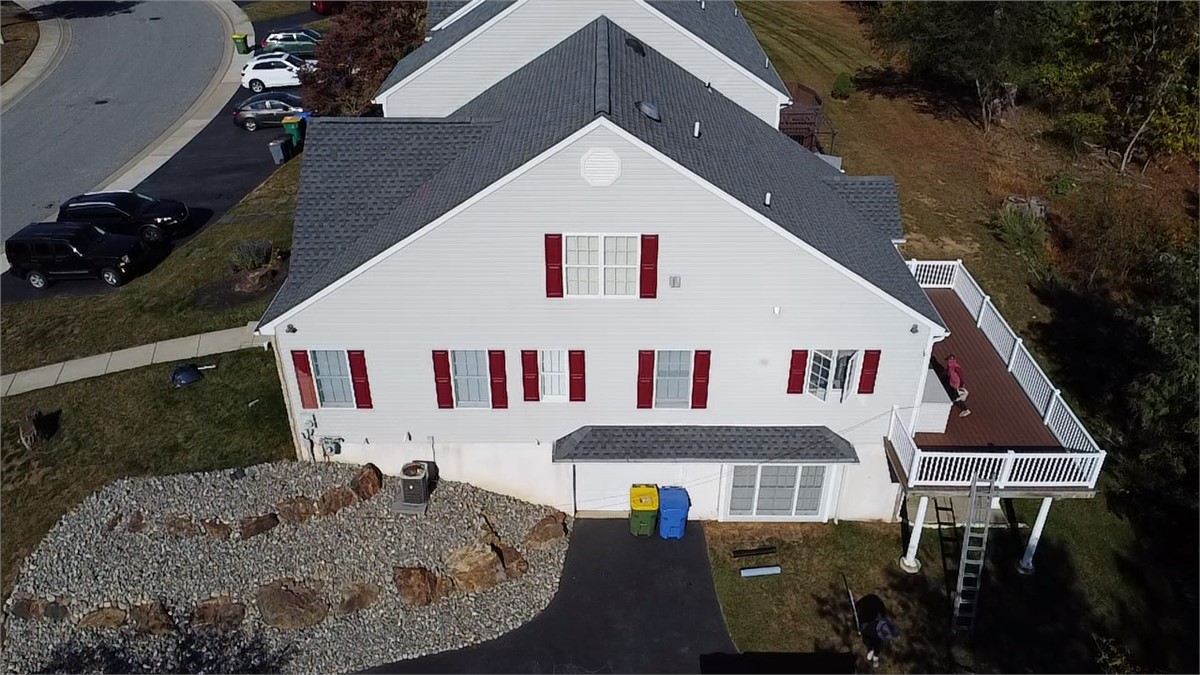
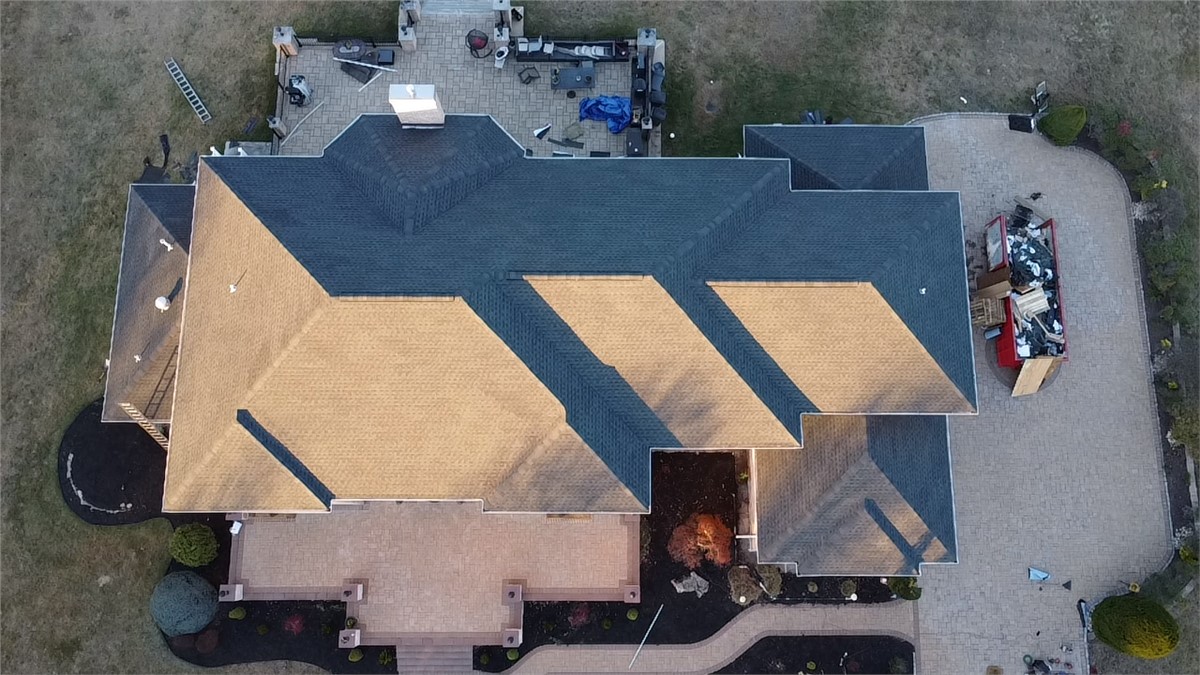
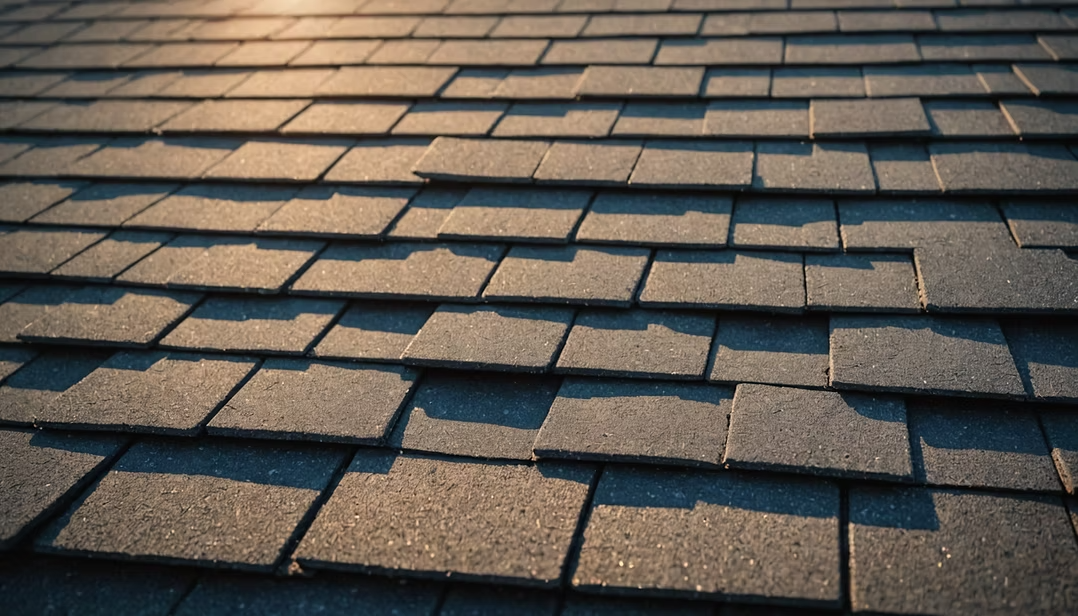

Comments